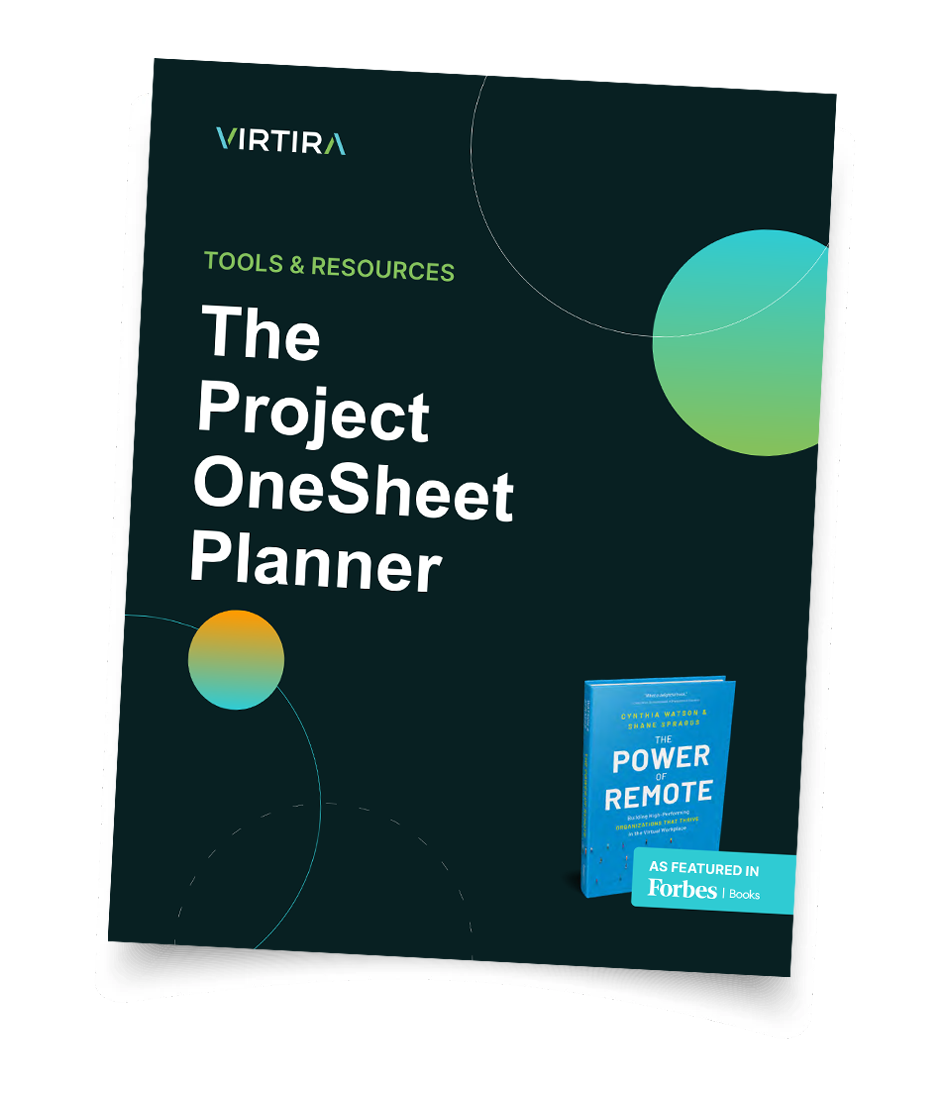Success is no accident. It comes from planning, learning, hard work, and perseverance.
The Project OneSheet offers a comprehensive overview of the crucial planning stage of your project, creating a strong foundation to see you through to the finish line. This sets the stage for assessing the initiative’s feasibility and re-envisioning its outputs and outcomes.
By using the Project OneSheet, you can ensure better communication and a clearer understanding of project goals and responsibilities right from the outset.




